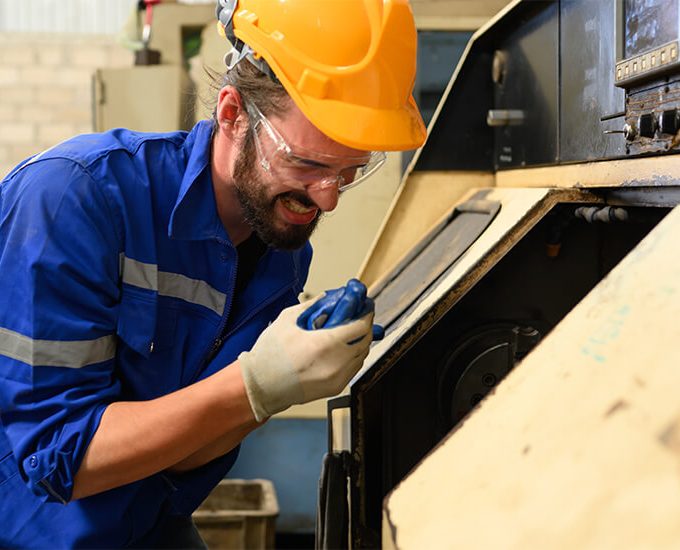Becoming a homeowner is a significant milestone that represents a substantial financial investment. An essential part of safeguarding this investment and your belongings is securing a comprehensive homeowners insurance policy. This blog post aims to help you understand homeowners insurance, how it protects your property, and its important components.
Understanding Homeowners Insurance
Homeowners insurance provides financial protection against loss due to disasters, theft, and accidents. It’s typically a package policy that covers damage to your property and your liability or legal responsibility for any injuries or property damage you or members of your family cause to other people.
Let’s break down the essential coverages that a standard homeowners insurance policy includes:
1. Dwelling Coverage: This covers the structure of the home in which you live, as well as other structures attached to it, such as a garage. If your home is damaged or destroyed by a covered peril, dwelling coverage will help pay for repair or rebuilding costs.
2.Other Structures Coverage: This protects physical structures on your property that are not attached to your home, like a detached garage, tool shed, or fence.
3.Personal Property Coverage: This provides protection for your personal belongings, whether they are in your home or temporarily away with you while traveling. This can include furniture, clothing, electronics, and more.
4.Liability Protection: This covers you against lawsuits for bodily injury or property damage that you or family members cause to other people. It also pays for damage caused by pets.
5.Additional Living Expenses (ALE): This covers the extra costs you might incur like hotel bills, restaurant meals, and other expenses if you are unable to live in your home because of damage from an insured disaster.

Tailoring Your Homeowners Insurance
While standard homeowners insurance offers a broad range of coverage, it’s important to know it does not cover everything. For instance, standard policies do not cover damage resulting from floods and earthquakes. If you live in an area prone to these types of disasters, you might need to purchase separate insurance.
Another critical aspect to consider is the coverage limits. Be sure to set them at a level that would provide enough money to rebuild your home and replace your belongings in case of a disaster.
Moreover, consider the reimbursement method. Actual Cash Value (ACV) pays to replace your home or possessions minus a deduction for depreciation, whereas Replacement Cost (RC) pays the cost of rebuilding or repairing your home or replacing your possessions without a deduction for depreciation.
Homeowners insurance is a critical aspect of homeownership. It safeguards your financial investment, protects your belongings, and provides you with peace of mind. It’s essential to understand your coverage, tailor it to your needs, and regularly review your policy to make sure it continues to offer the protection you need. Remember, owning a home is a significant responsibility, but with the right insurance coverage, you can protect this valuable asset and enjoy the many joys that homeownership brings.


















